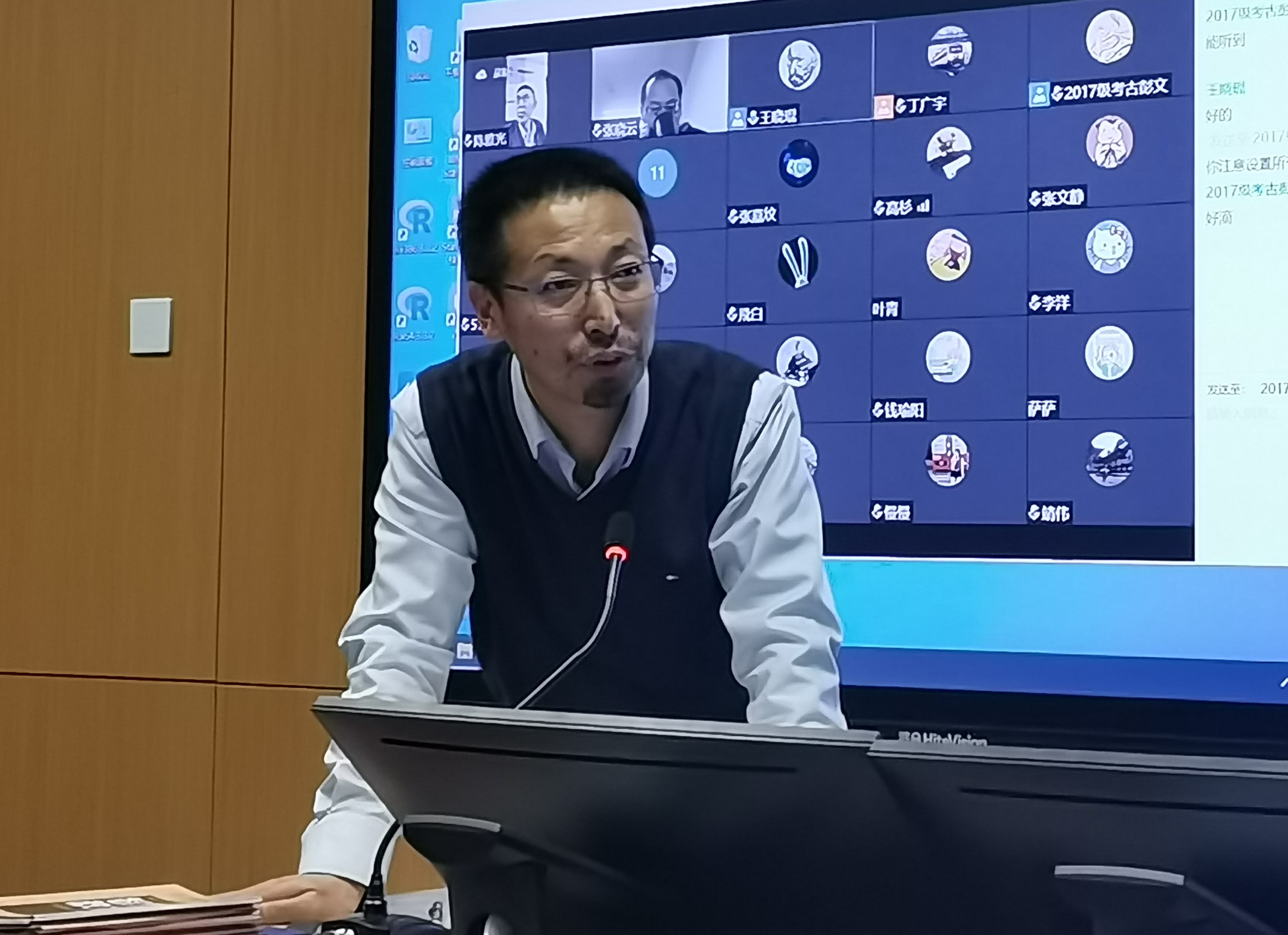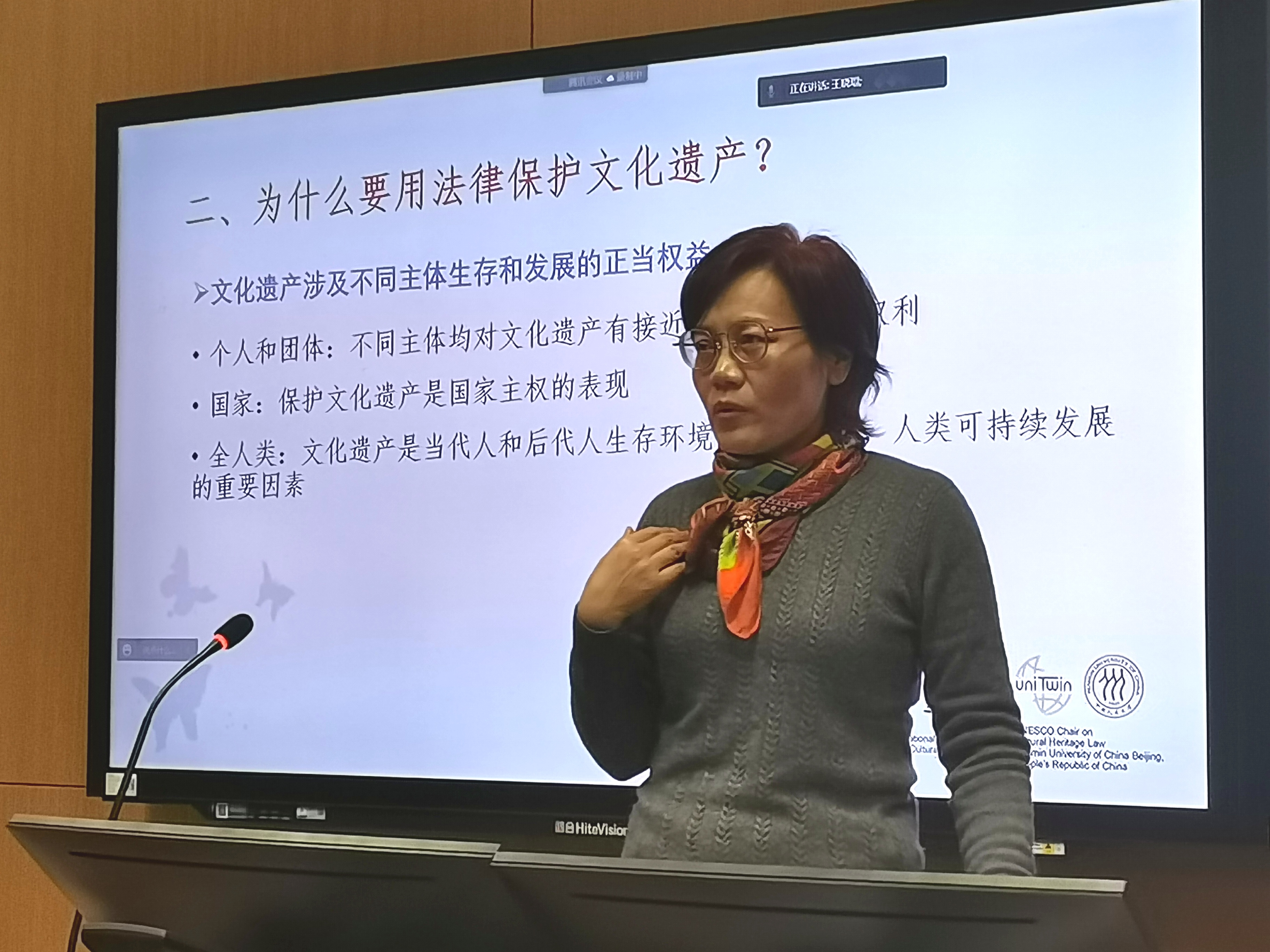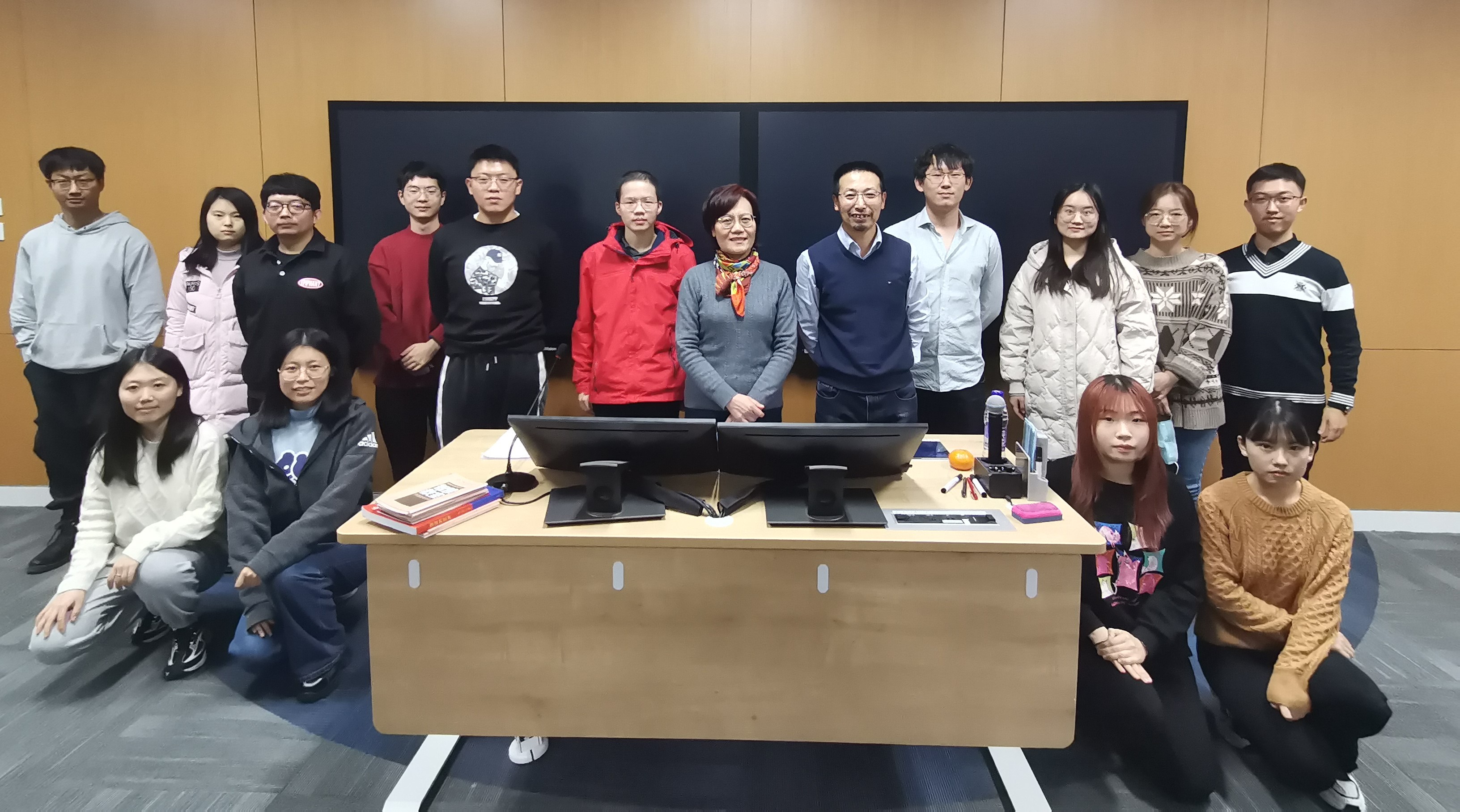Professor Wang Yunxia lectured on legal protection of cultural heritage in School of History, Renmin University of China
Date:2021/12/03 16:17:23
In recent years, the protection of cultural relics in China has made great progress, and the level of protection, management and utilization of cultural heritage has been constantly improved. The protection of cultural heritage by law has increasingly become an important guarantee for the development of cultural relics in China. At the invitation of Dr. Wang Xiaokun, the associate professor of RUC Department of Archaeology and Museology, Prof. Wang Yunxia, the holder of UNESCO Chair on Cultural Heritage Law, delivered a lecture entitled "Protecting Cultural Heritage by law: Significance, Path and Practice" in the class of "Cultural Heritage Protection and Management" of School of History as the guest speaker at December 2, 2021. Mr. Bai Xuebing, Director of cultural relics protection and utilization department of Cultural Heritage Administration of Shanxi Province, Mr. Zhang Xiaoyun, Deputy Director of Cultural Relics Development Center of Hubei Province, and Mr. Chen Yaguang, Director of Cultural Relics Protection and Archaeology Department of Inner Mongolia Autonomous Region Bureau of Cultural Heritage shared their practical experience in legal protection of cultural heritage in different regions. Prof. Li Meitian, the academic leader of intangible cultural heritage of RUC School of History, made comments. More than 80 students from RUC School of History and the School of Law and people from all professions attended the lecture offline or online.
The lecture was moderated by Dr. Wang Xiaokun. He welcomed the scholars and specialists, and pointed out that law was an important guarantee to protect the cultural heritage. Learning how to protect cultural heritage by law was the responsibility of archaeologists.

Prof. Wang Yunxia firstly interpreted the concepts and types of cultural heritage. She focused on the difference of concepts like world heritage, intangible cultural heritage, world memory heritage, agricultural heritage, irrigation engineering heritage. She pointed out that these concepts were dominated by different convention systems of international organizations with different protection measures and mechanisms. Then she stressed the importance of protecting cultural heritage by law, pointing out that cultural heritage was a precious and scarce resource, which involved the legitimate rights and interests of different subjects, and they were likely to conflict. We need laws to make reasonable system arrangement, in order to solve the conflict among various interests.

Next, she expounded the construction of cultural heritage protection law system of our country, and introduced Cultural Relics Protection Law and Intangible Cultural heritage Law, and the relevant administrative regulations, departmental rules, normative documents, local laws and regulations. She emphasized the representative legal documents related to the archaeological excavations. She also put forward some thoughts on how these different levels of legal norms can better connect with each other and keep pace with the development.
Finally, she pointed out that it was necessary to improve the communication and interaction between archaeology and law. We should strengthen the legal responsibility of cultural heritage protection, so as to make the legal protection of cultural heritage more logical and reasonable.
Professor Li Meitian of the RUC Department of Archaeology and Museology pointed out that in recent years, the cultural heritage protection in China had entered a golden time, and the protection of cultural relics was becoming more complicated, along with more legal problems. Under the "The Belt and Road Initiative", we should strictly abide by the obligations of protecting cultural heritage given by the international community and local laws in foreign construction activities. We should strengthen the awareness of protecting cultural heritage, and avoid the destruction to cultural heritage caused by brutal construction behavior.
Mr. Bai Xuebing, Director of cultural relics protection and utilization department of Cultural Heritage Administration of Shanxi Provinces, mentioned the issues including the verification and compensation mechanism of immovable cultural heritage with private ownership, the power of examination and approval of exit mechanism of cultural relics, the separation of management and utilization of immovable cultural heritage, the land approval and mobilizing the protect consciousness of local people in the protection of the Great Wall. He introduced the exploration in Shanxi Province, and pointed out that public and private interests in cultural heritage protection should be guaranteed by law.
Mr. Zhang Xiaoyun, deputy director of Hubei cultural relics Development Center, made a speech entitled "The construction of Chinese archaeological management system according to law". He sorted out the characteristics, development process and current pattern of archaeological work and archaeological management. He then pointed out that the existing problems mainly include law, organization, research and discourse power. He believed that the archaeological management system should be improved from the aspects of law, organization and technology. It was necessary to advance with the development, strengthening research and building a systematic, comprehensive and multi-dimensional archaeological management system in China.
Mr. Chen Yaguang, director of Cultural Relics Protection and Archaeology Department of Inner Mongolia Cultural Heritage Bureau, introduced the management and practice of cultural relics protection in Inner Mongolia. He believed that the law implementation in local area need to improve in the aspects like cultural relics identification and withdrawal mechanism, planning approval, cultural relic protection scope and construction control zone demarcation. He introduced the local laws and regulations to protect the Great Wall resources, rock painting resources, ancient city resources. He also introduced the innovative development of voluntary cultural relics team and other new protection modes in Inner Mongolia.
At the end of the lecture, students from the RUC School of History raised questions to Prof. Wang on the identification and withdrawal mechanism of cultural relics, the relationship between the management right and administrative right of immovable cultural relics, and the related concepts of cultural heritage. Prof. Wang sorted out the relationship between relevant concepts for the students again and explained Article 13 and Article 24 of the Cultural Relic Protection Law.
The activity enhanced the communication between School of Law and School of History, and promoted the communication between the theoretical and practical circles of cultural heritage protection. The activity popularized the legal knowledge of Chinese cultural heritage to the teachers and students, and established the awareness of observing the laws and regulations to protect cultural heritage for practitioners and young students. Through the communication between theoretical and practical circles, the mutual understanding between teachers and students in colleges and the cultural relics administrative departments has been built.
In the future, the UNESCO Chair on Cultural Heritage Law will further promote interdisciplinary exchanges in the protection and utilization of cultural heritage, and strengthen the interaction between theoretical and practical circles to jointly promote the legal construction of cultural heritage.




